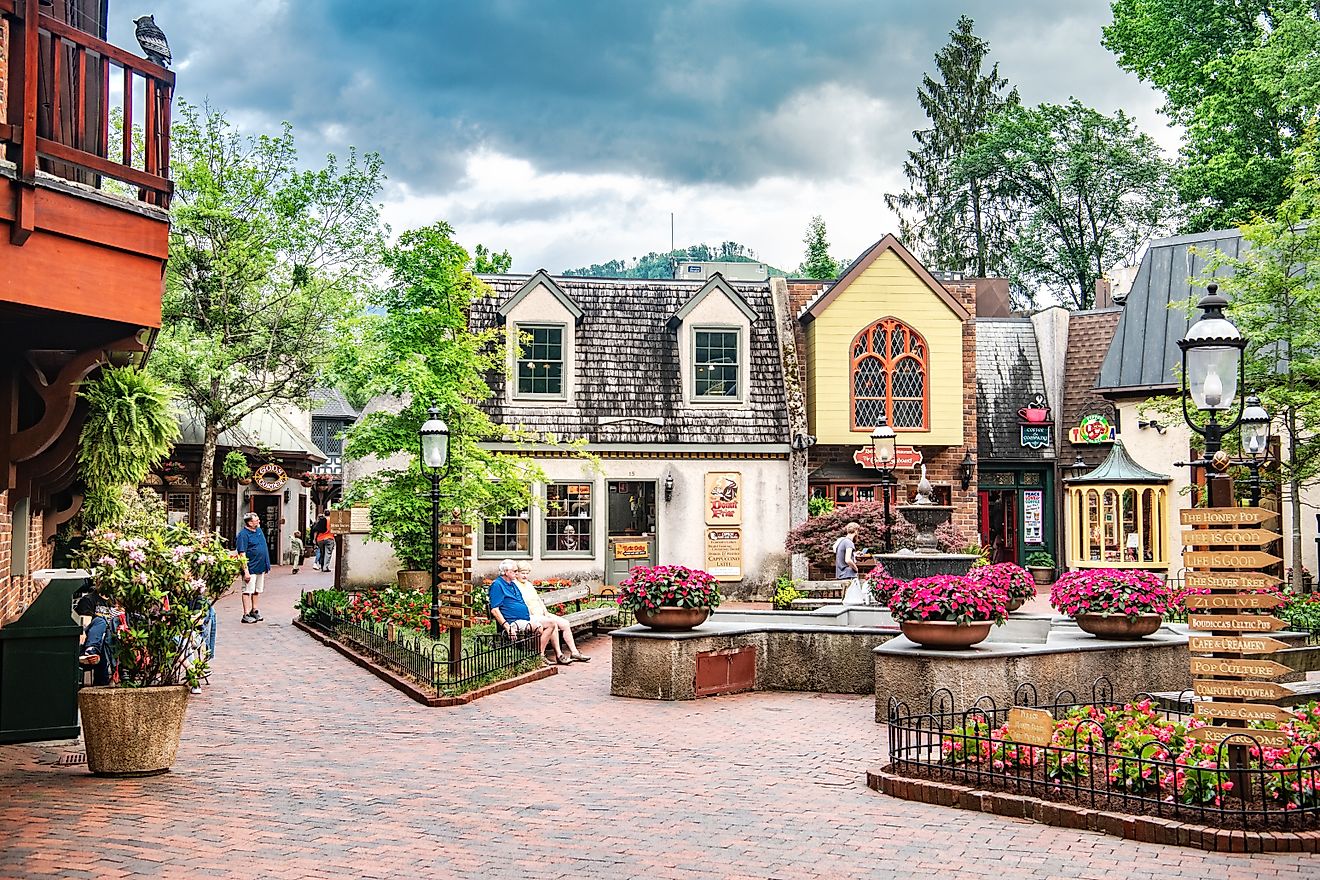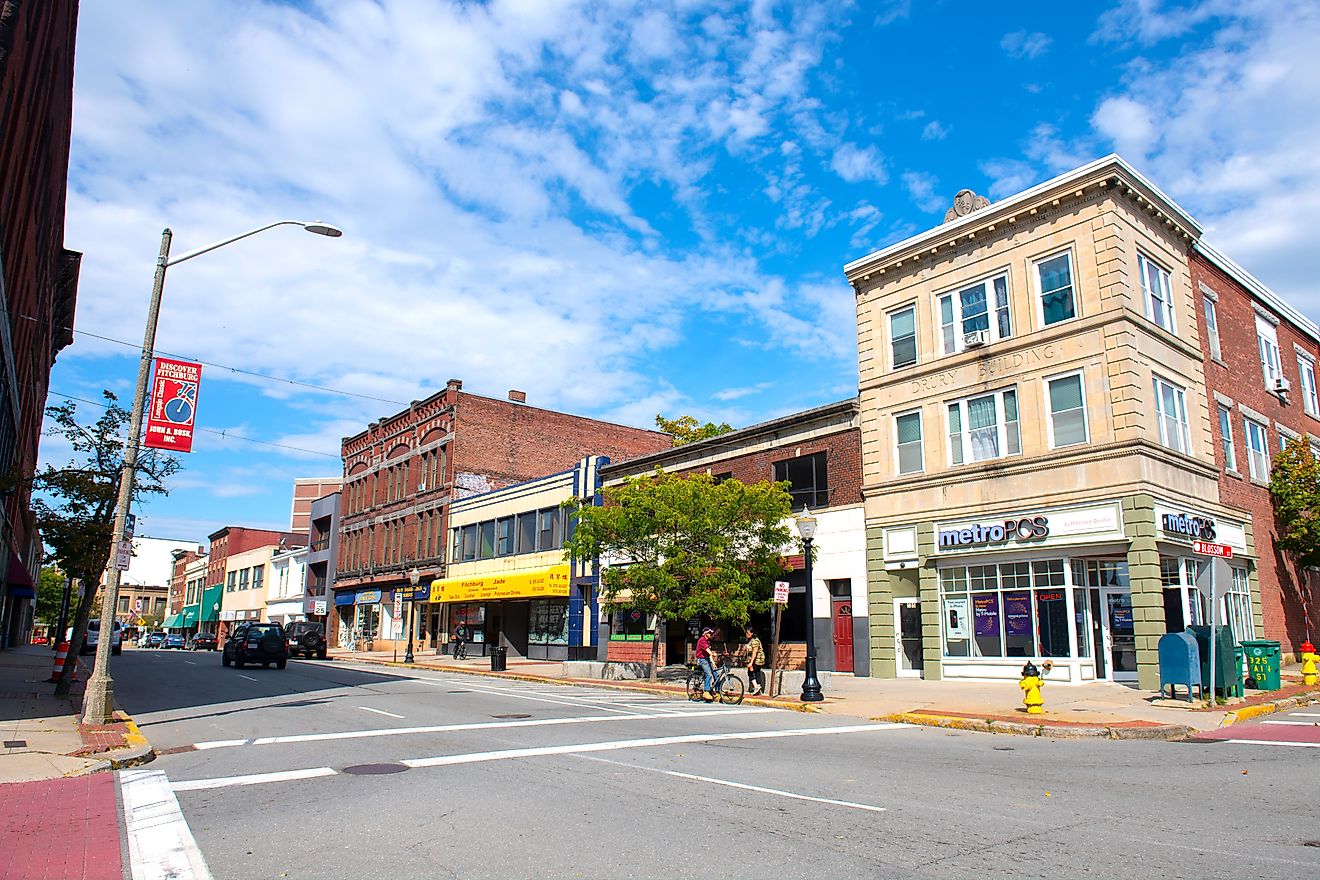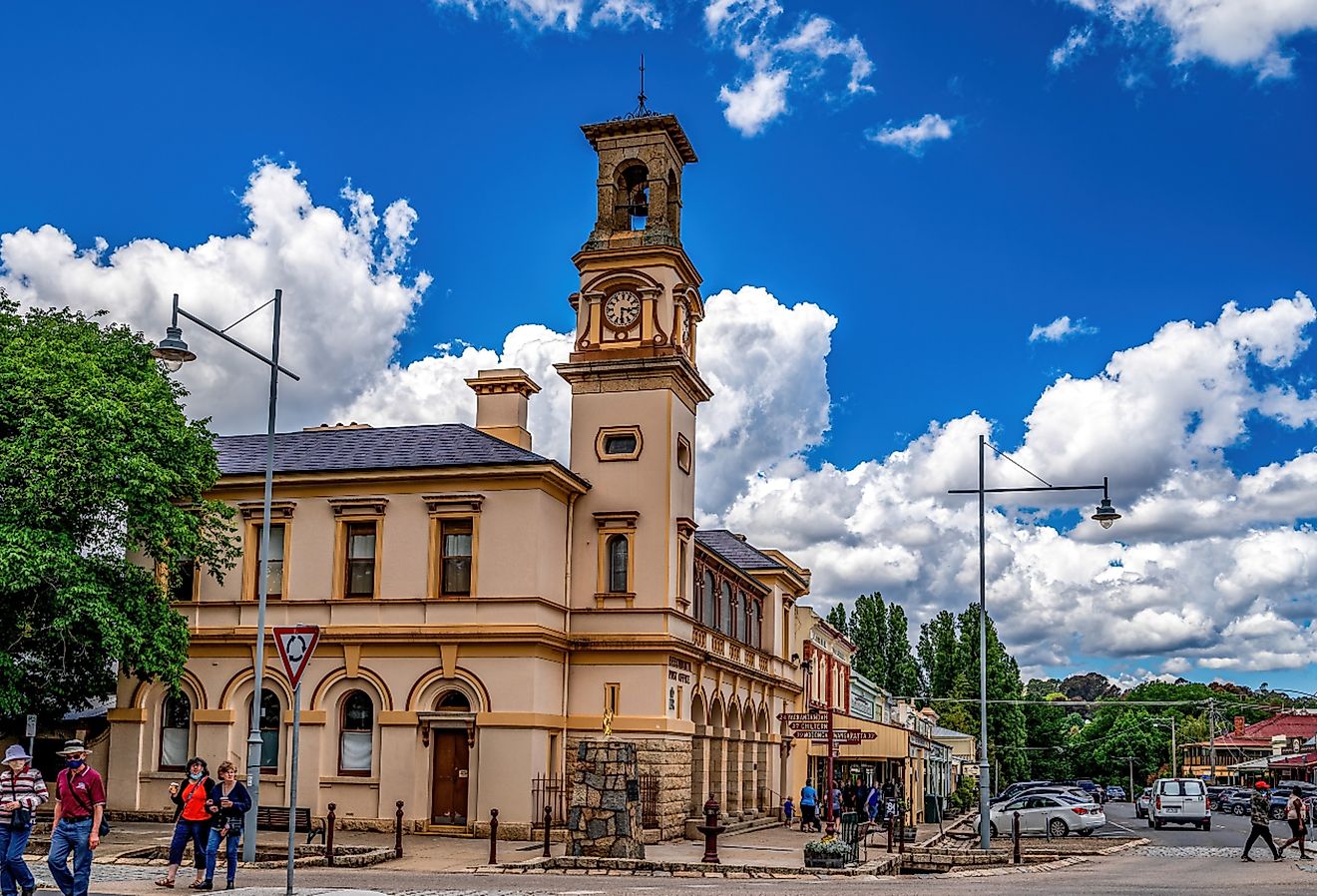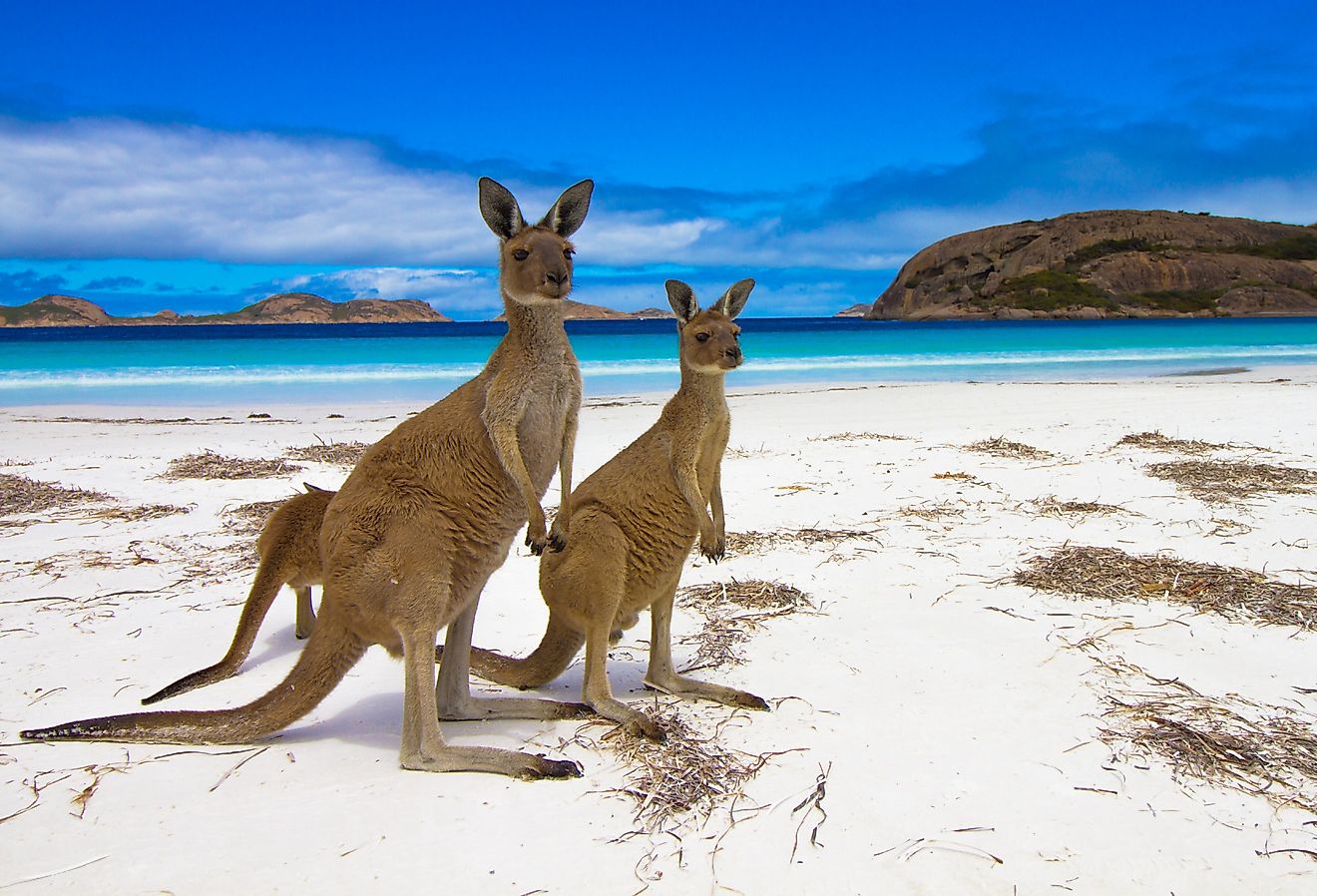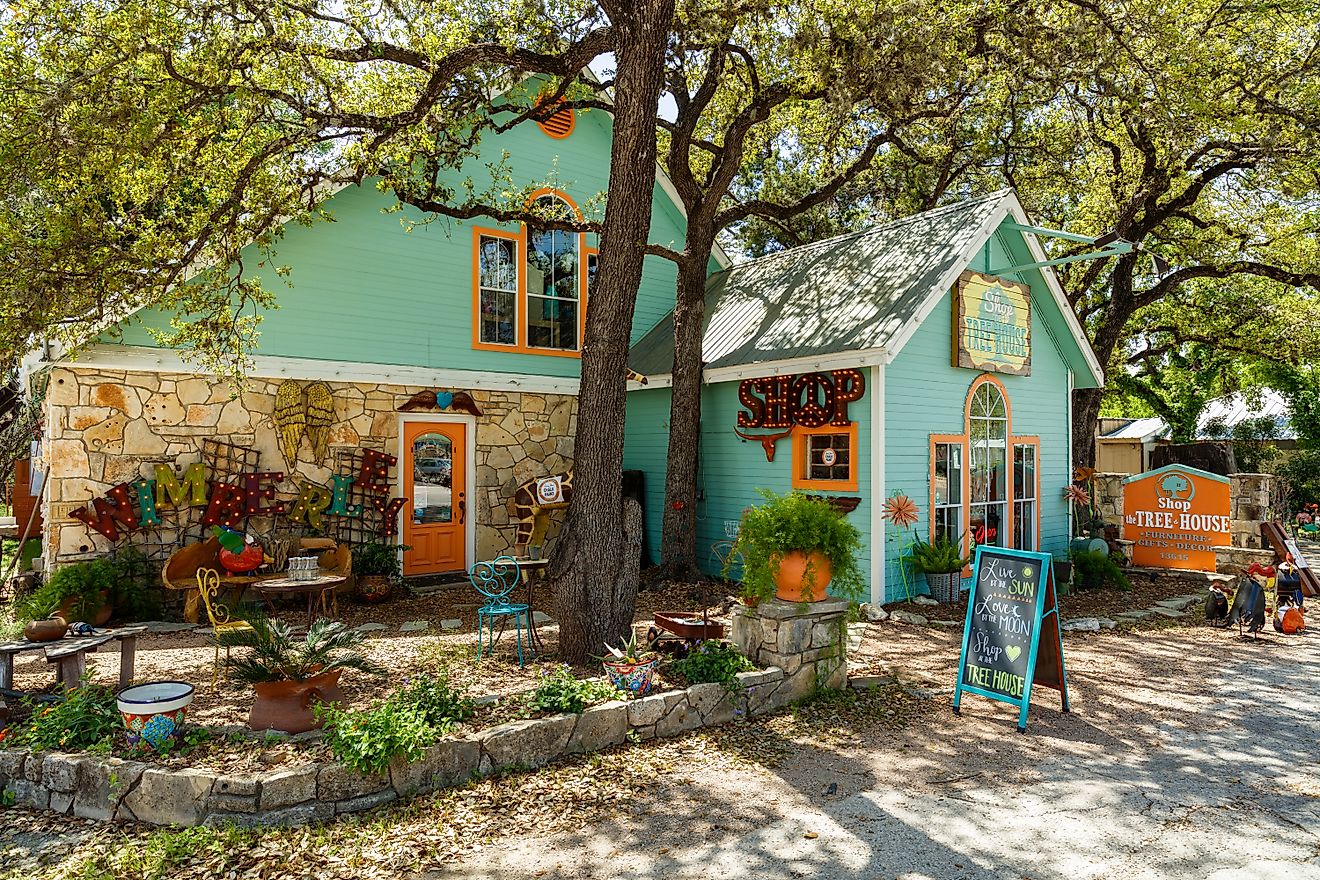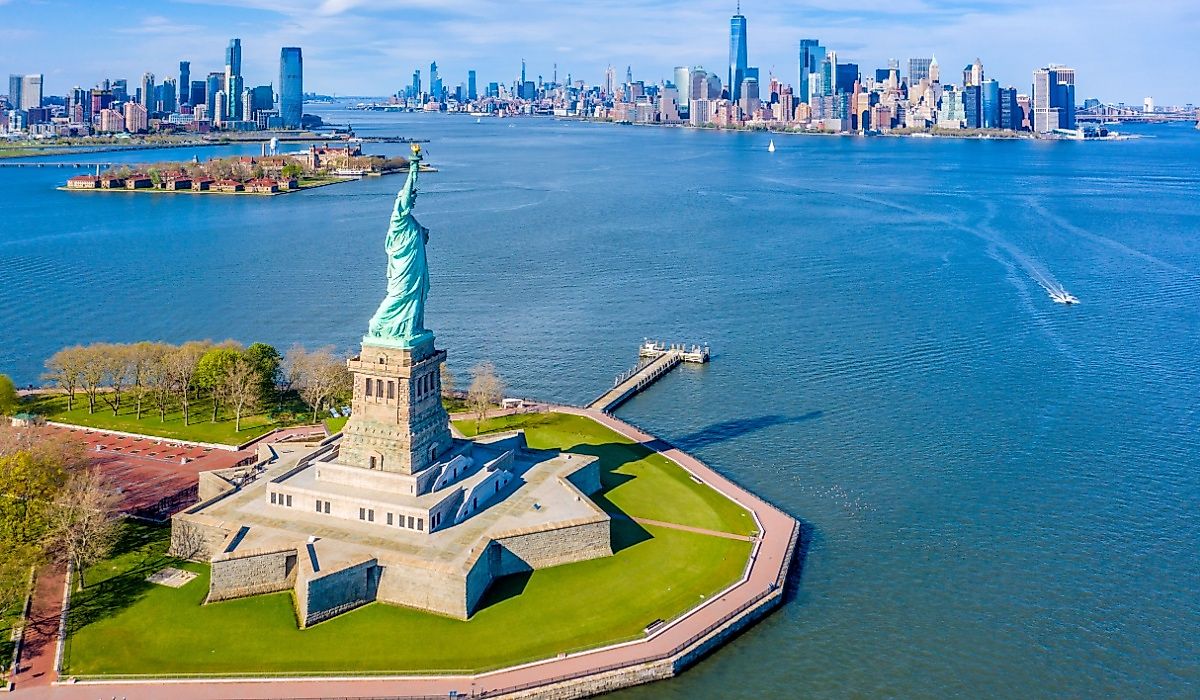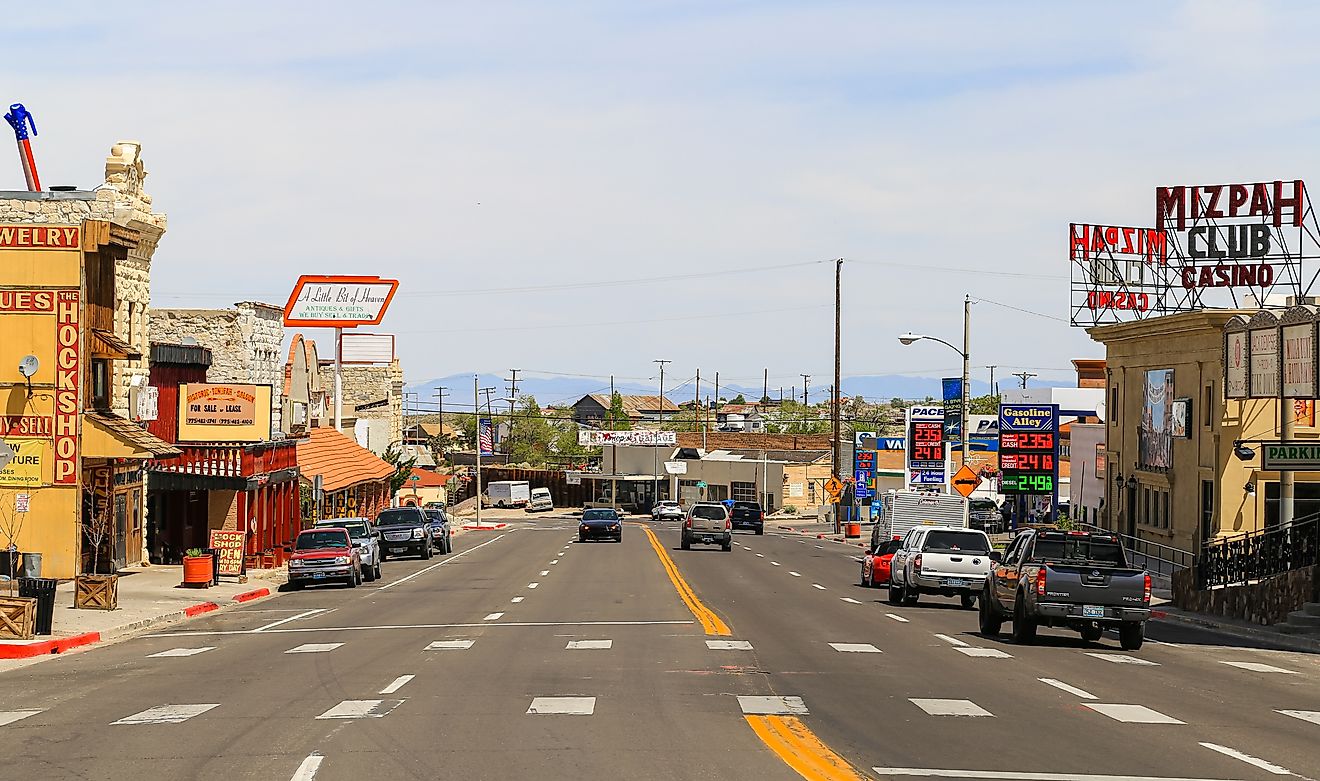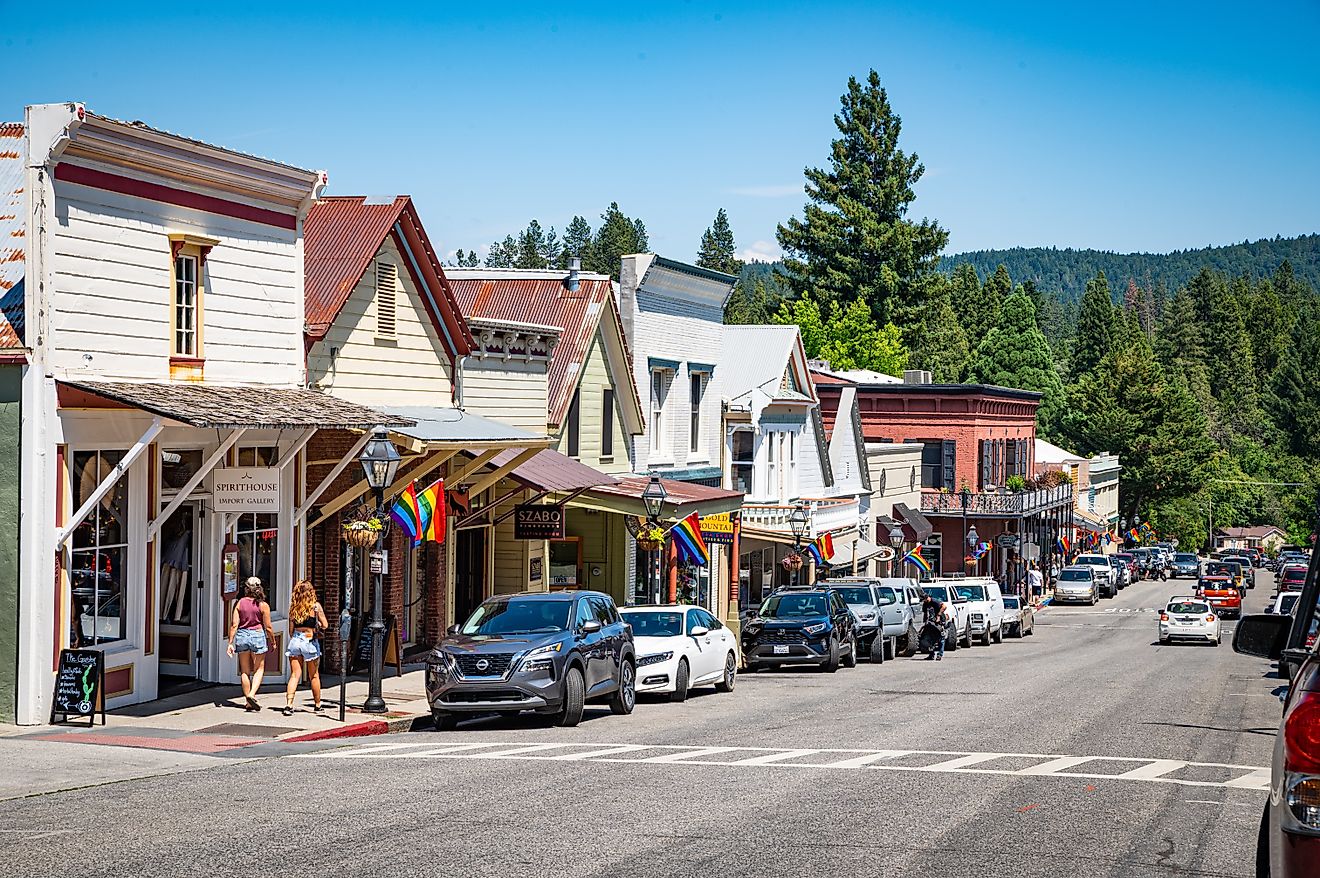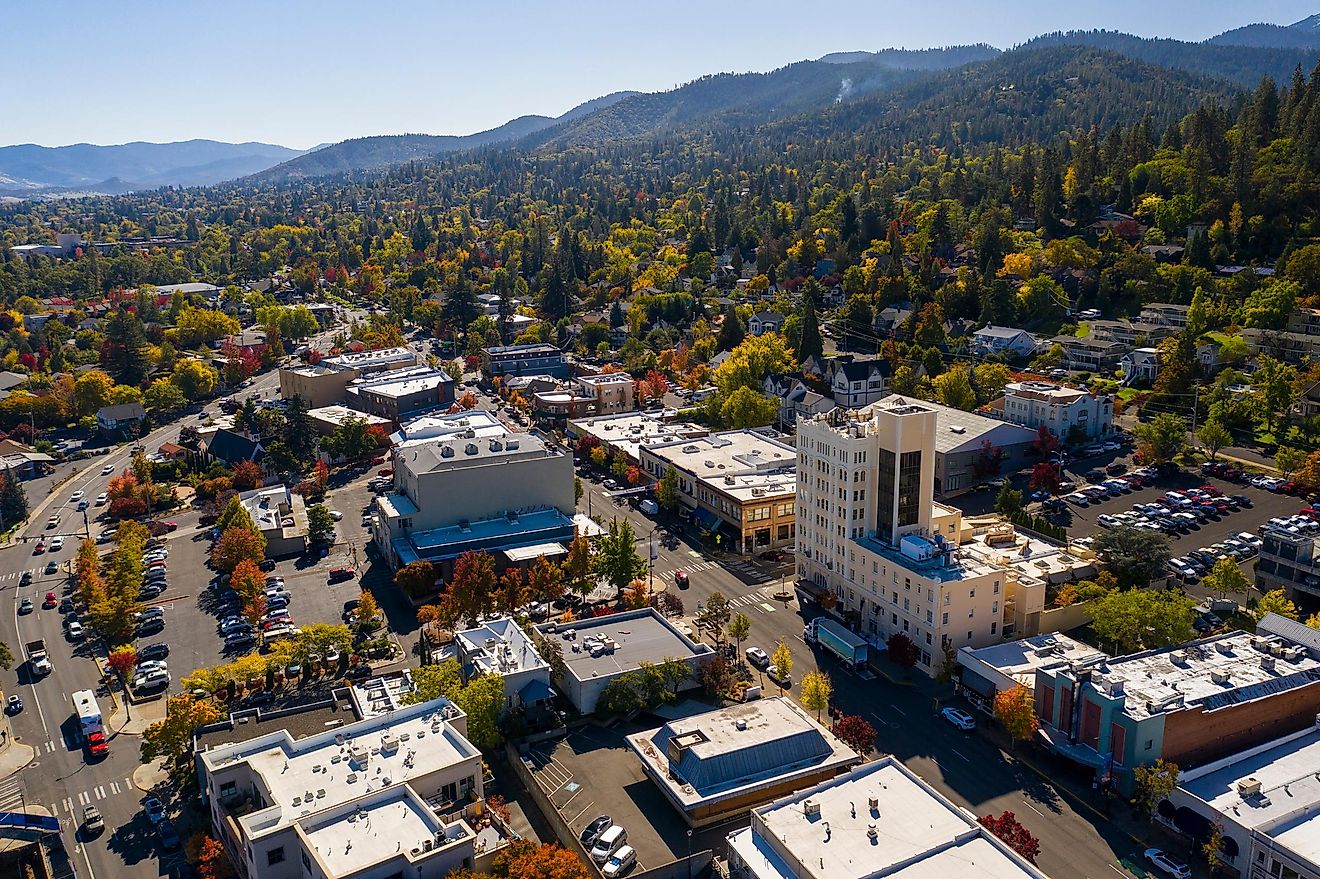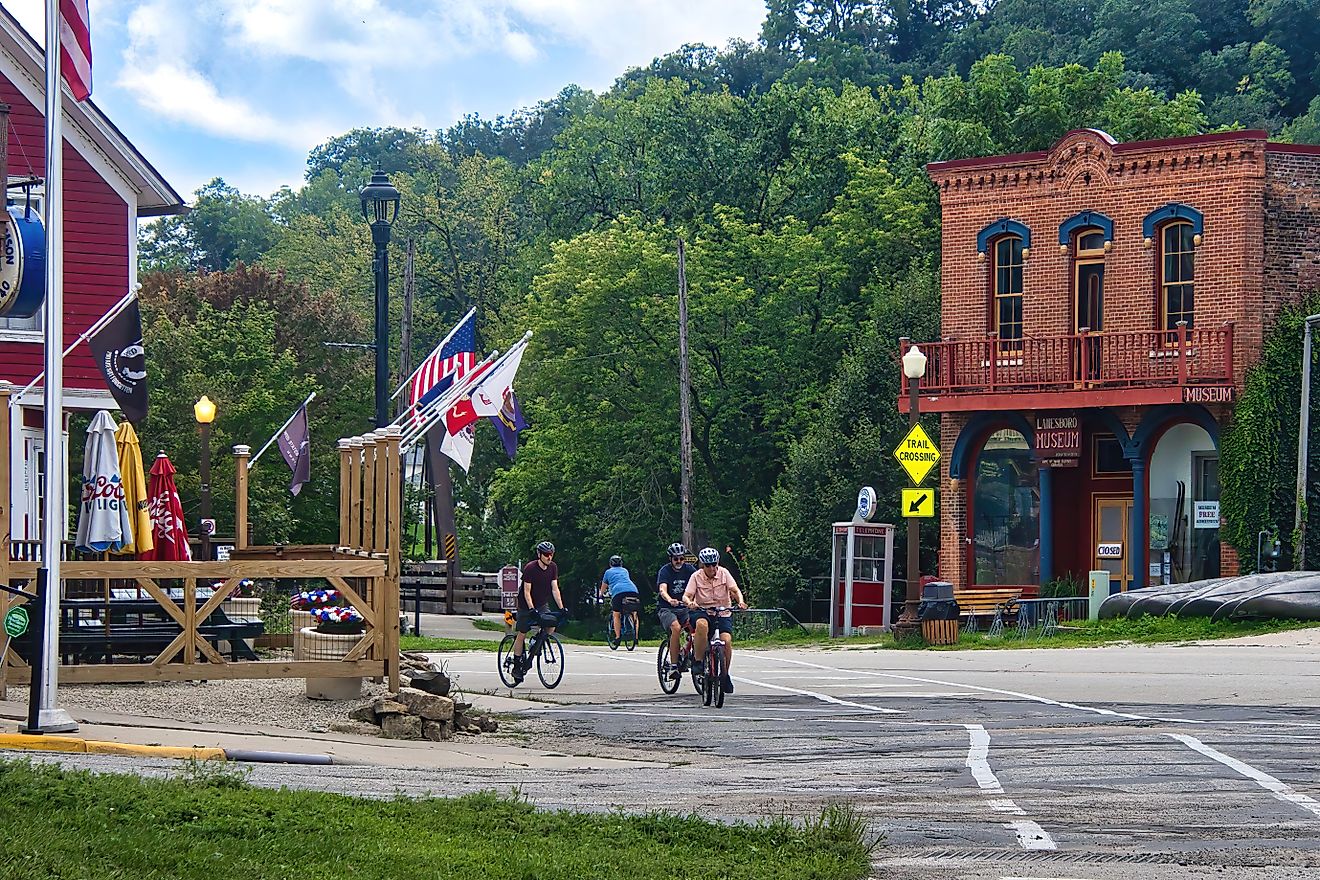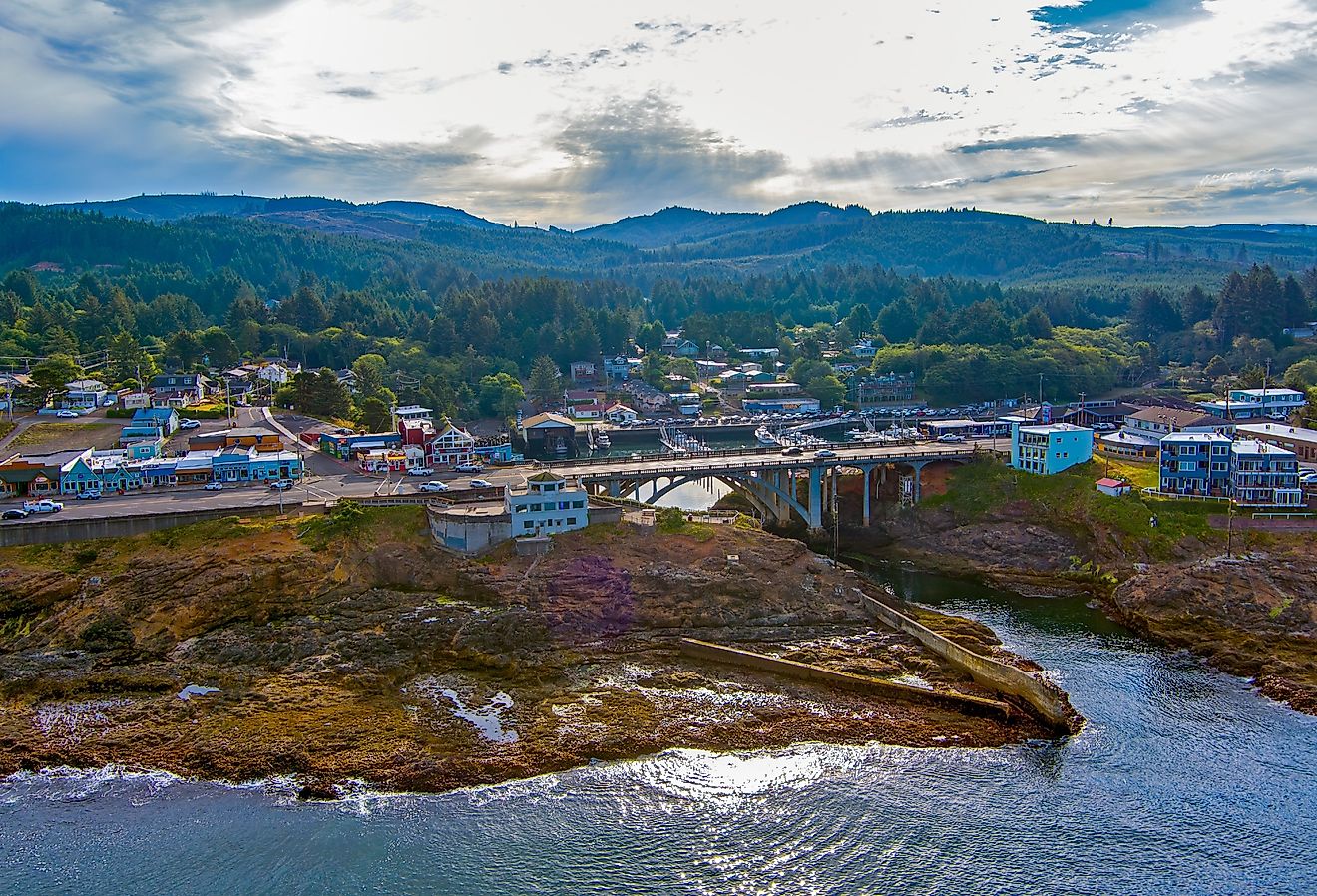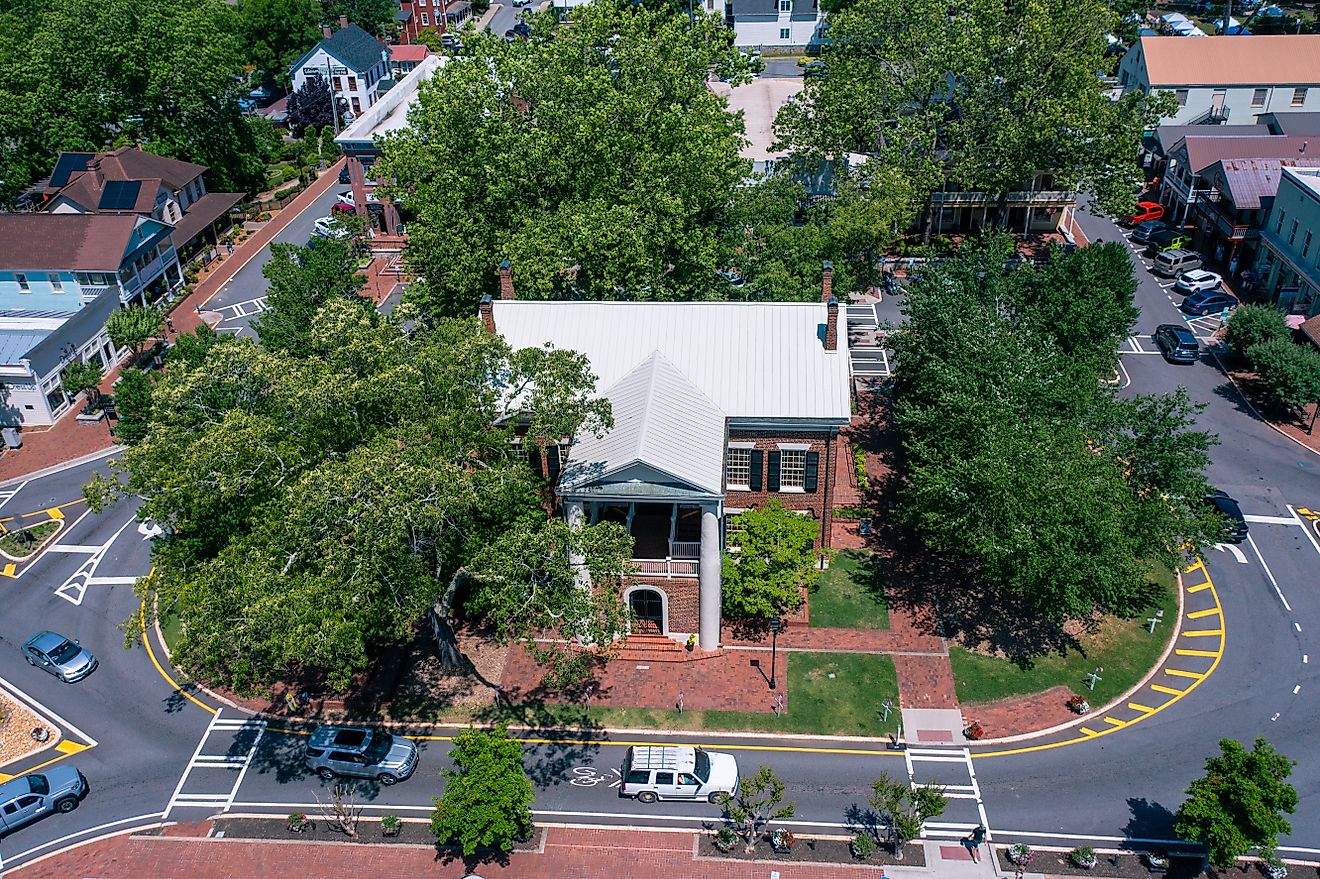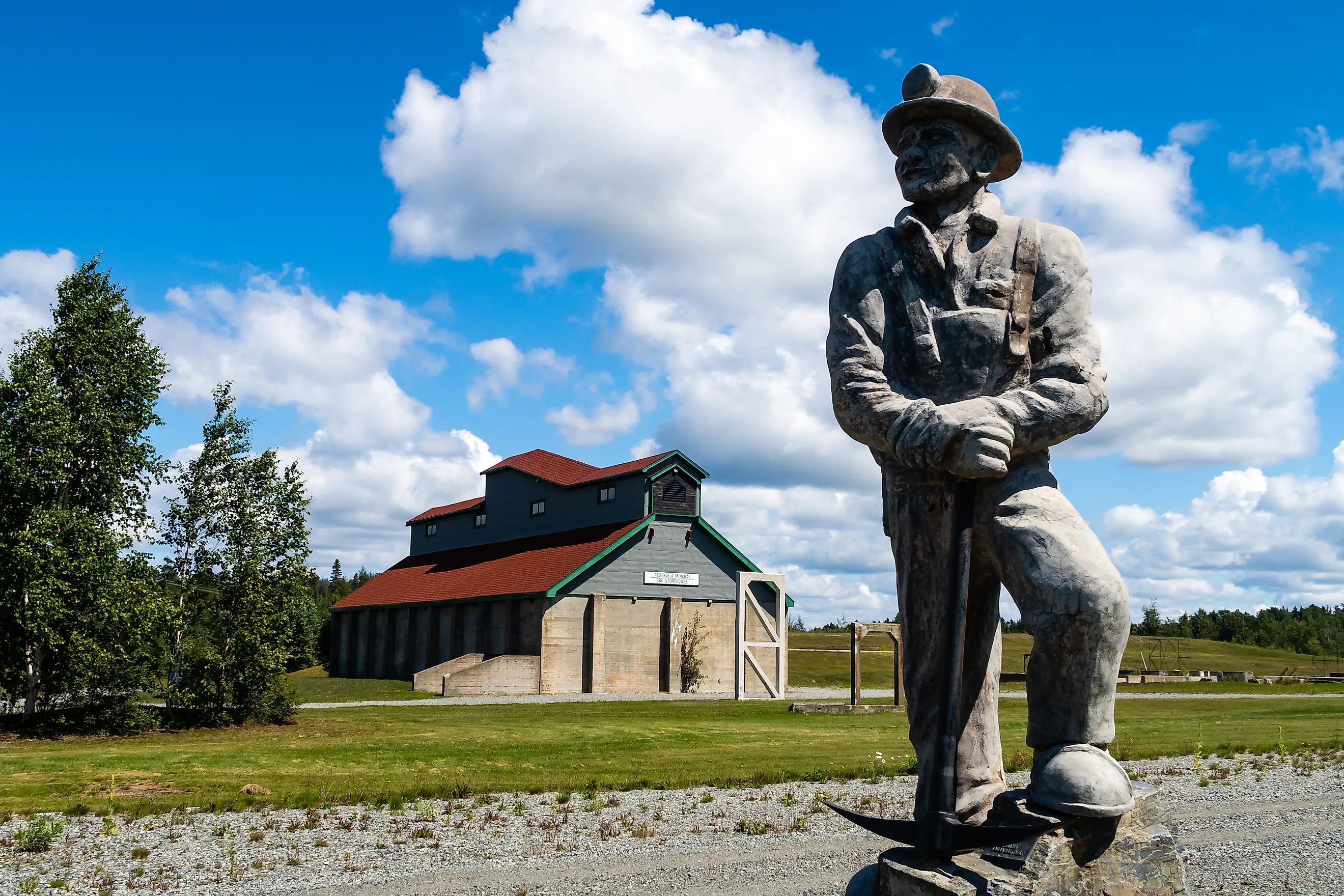
7 Ideal Quebec Destinations for a 3-Day Weekend in 2025
Canada's la belle province of Quebec makes a strong case for weekend escapes, especially in towns tucked between the Laurentians, the Appalachian foothills, and the cliff-lined Gulf of St. Lawrence. Here, French remains the melody of daily life, blending with rich cuisine and copper-roofed churches. Countryside lanes wind past farmland into riverside enclaves where the scent of the sea meets the stillness of the forest.
In the Beautiful Province, museums and painterly streets echo both Old World sensibilities and the color palette of neighboring New England. Whether it’s a stroll through a wild garden maze, a turn through copper-mining heritage, or a night in a gilded luxury inn with spa wings facing the horizon, these Quebec towns make a weekend feel like something far more expansive.
La Pocatiere
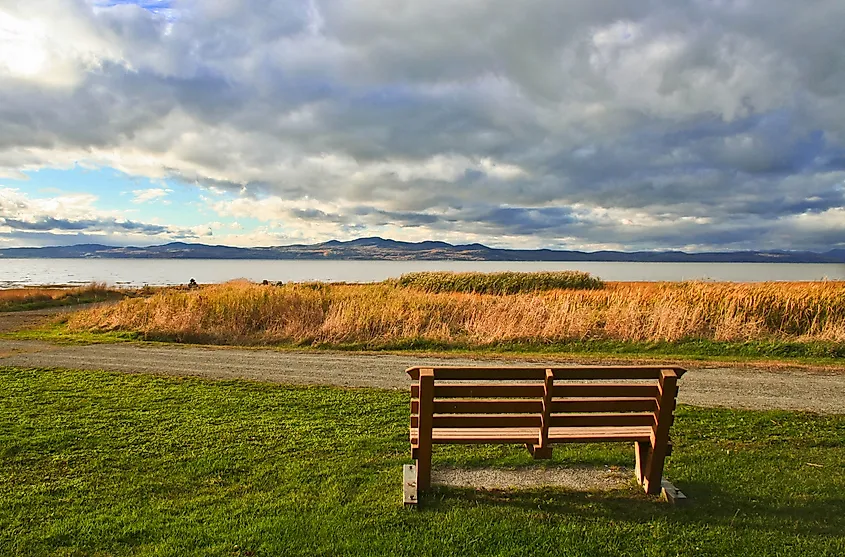
La Pocatiere lies 87 miles (144 kilometers) east of Quebec City along the Trans-Canada Highway, where the St. Lawrence River heads toward the Gulf. The Musée québécois de l'agriculture et de l'alimentation occupies four floors near Canada's first permanent agricultural school, which dates back to 1859. Exhibits trace Quebec's rural parish life through ethnographic displays of farming tools, equipment, and food production methods from past centuries. The Grand Labyrinthe Kamouraska hopes to make history as the Guinness World Record holder for the world's largest corn maze. The adventurous structure is designed in a way that less than one in ten visitors are able to complete the handmade course without assistance during its July through November season.
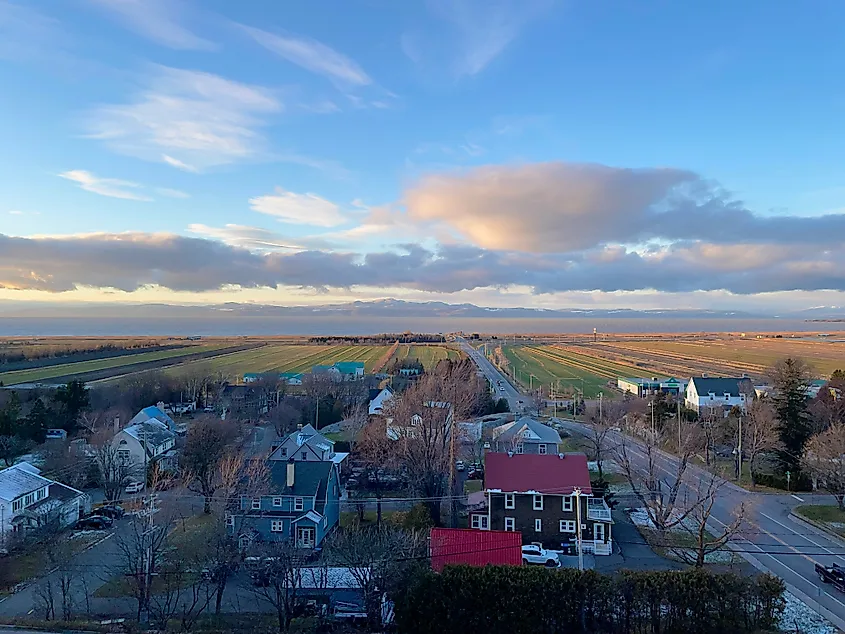
Long trails surround College Mountain, winding through quartzite rock formations that resisted erosion for millennia. Here, the Escalier de la Trinité climbs up more than 240 steps in a vertical line up the slope. The staircase traces an invitation to ascend this peak, where lookouts reveal views across the surrounding countryside. Rock climbing sites punctuate the mountain's face. For a comfortable stay, La Maison Rouge Bed & Breakfast offers modern rooms featuring private bathrooms, complimentary Wi-Fi, and garden terraces, creating a rural retreat. The four-unit property maintains mountain vistas from its elevated position above the river valley, yielding views of the St. Lawrence and the distant Charlevoix mountains.
Baie-Saint-Paul
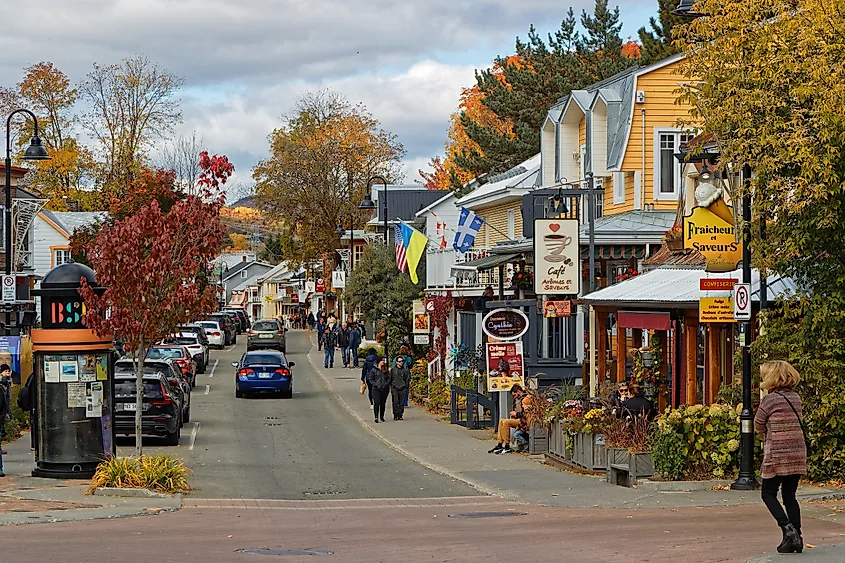
About 95 kilometers (59 miles) northeast of Quebec City, Baie-Saint-Paul positions travelers closer to the St. Lawrence estuary, where it widens toward the Atlantic Ocean. Downtown, the Musée d'art contemporain de Baie-Saint-Paul houses over 3,000 contemporary works, which makes it eastern Quebec's sole museum dedicated entirely to modern art. Belvedere de Baie-Saint-Paul on Route 362 delivers panoramic vistas across the town, the Charlevoix mountains, the Gouffre River valley, and the St. Lawrence waterway below. Plage de Baie-Saint-Paul cascades across the river's edge with picnic areas and a playground where families gather during the summer months.
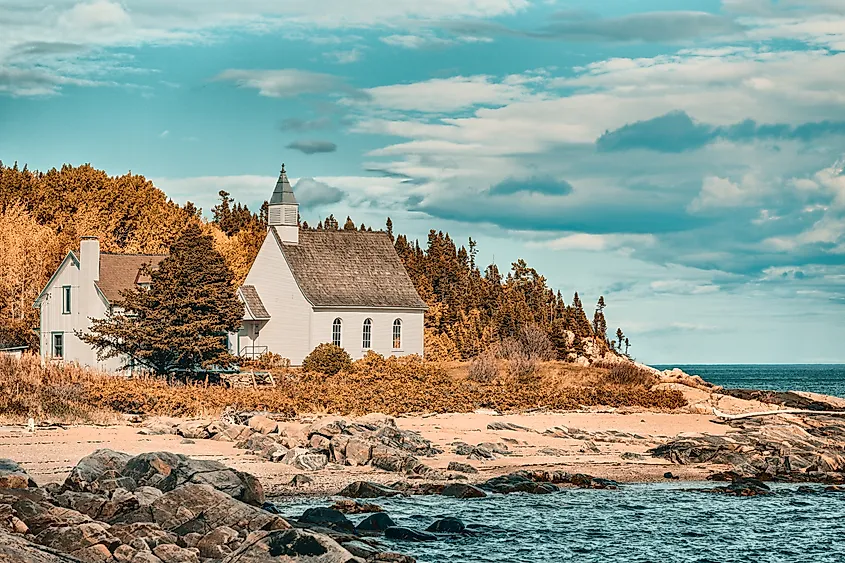
The unincorporated community of Saint-Joseph-de-la-Rive lies just outside city boundaries, where the Musée maritime de Charlevoix occupies a 1946 shipyard. Four wooden schooners rest in dry dock among the original sawmill, workshops, and slipway that tell the history of coastal shipping on the St. Lawrence. Ferries depart from the peninsula dock for the crossing to Ile aux Coudres, an island accessible only by water. Back in the city, Gite Au Perchoir perches on the mountainside, framing views of the St. Lawrence River and Ile-aux-Coudres through expansive windows. The four-star bed and breakfast features parquet floors throughout private bathrooms in each room, and a shared lounge where guests watch the sunrise light shift across the water.
Val-d'Or
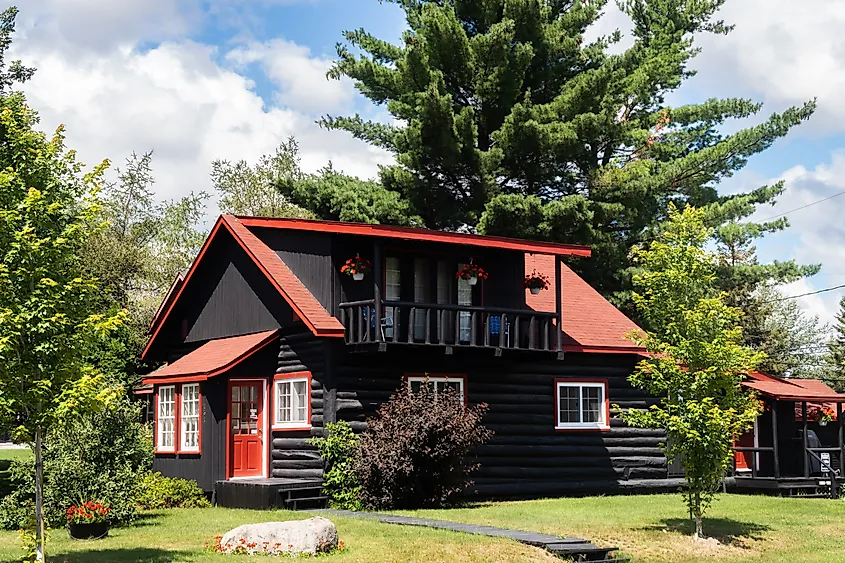
Val-d'Or covers approximately 3,540 square kilometers (1,367 square miles), ranking among Canada's largest municipalities by land area. It nevertheless succeeds in avoiding the crowds and constant jostling of major metropolises while retaining urban perks. The city sits at a high altitude amid high-grade metamorphic rocks of the Canadian Shield, where Precambrian formations define the terrain. La Cité de l'Or draws visitors with underground mine tours that descend 300 feet into former gold extraction sites, which conferred upon the area the tag of "Golden Valley." The Bourlamaque Historic Mining Village also immortalizes that chapter of history, preserving log homes from 1935 that miners still inhabit today. The classified heritage site welcomes audio-guided walks through company-planned streets that recall the Lamaque Gold Mines era.
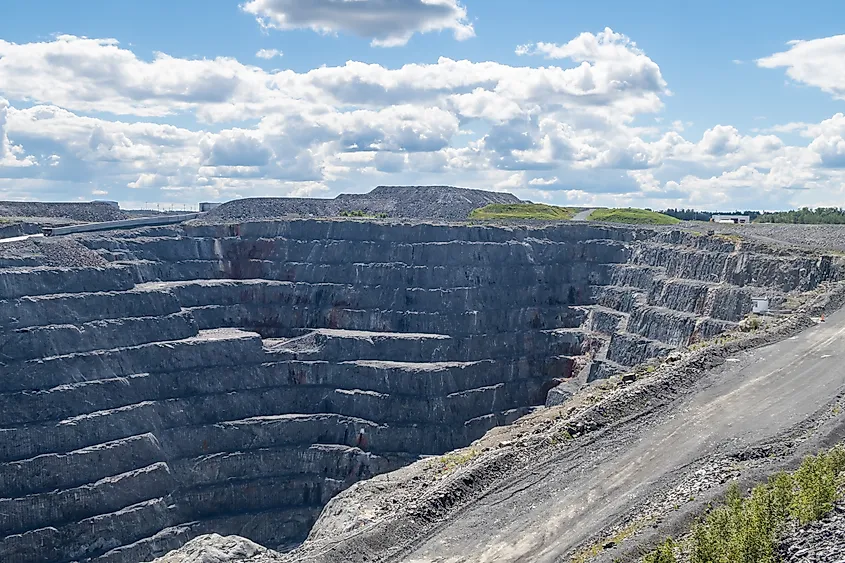
Foret recreative de Val-d'Or extends across 50 square kilometers with year-round trails for mountain biking, cross-country skiing, and fat biking through the boreal forest. Up north, Lake Blouin invites paddlers and fishing enthusiasts during warmer months. More recreational escapes unfold at Parc Belvedere, near the intersection of Boulevard des Pins and Boulevard Sabourin, where the park offers panoramic views across the surrounding wilderness. Hotel Continental Centre-Ville provides downtown accommodations via its rooms and suites. The modern amenities include kitchenette options and complimentary breakfast for guests exploring gold rush history and outdoor recreation amid forested expanses.
Port-Menier
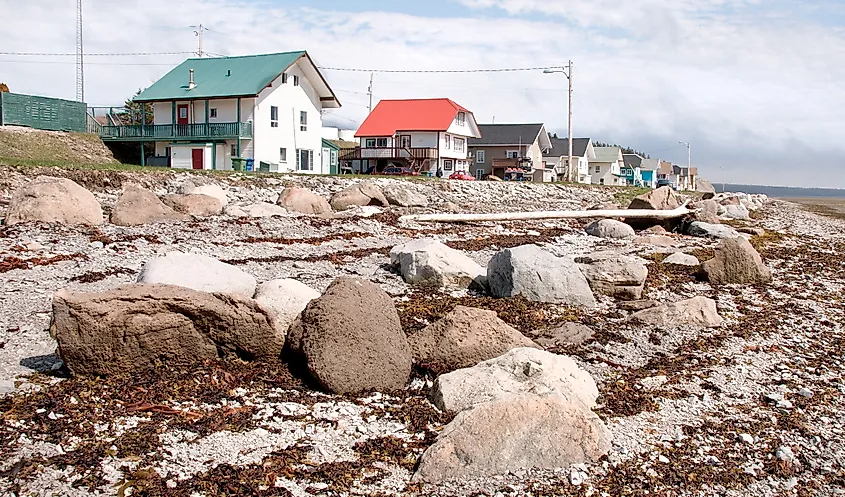
Port-Menier functions as the hub of Anticosti Island in the Gulf of St. Lawrence, where the waters connect to the Atlantic through the strait. This fishing village in the Côte-Nord region delivers a frigid flavor that redefines island experiences. The Centre d'interpretation de l'histoire de la culture et de la paleontologie d'Anticosti displays fossils documenting the first mass extinction of animal life approximately 440 million years ago, preserving the planet's most complete record from the end of the Ordovician period. Vaureal Falls plunges 250 feet through limestone cliffs carved by ancient seas, while Chute Kalimazoo cascades through forested terrain toward the coast.
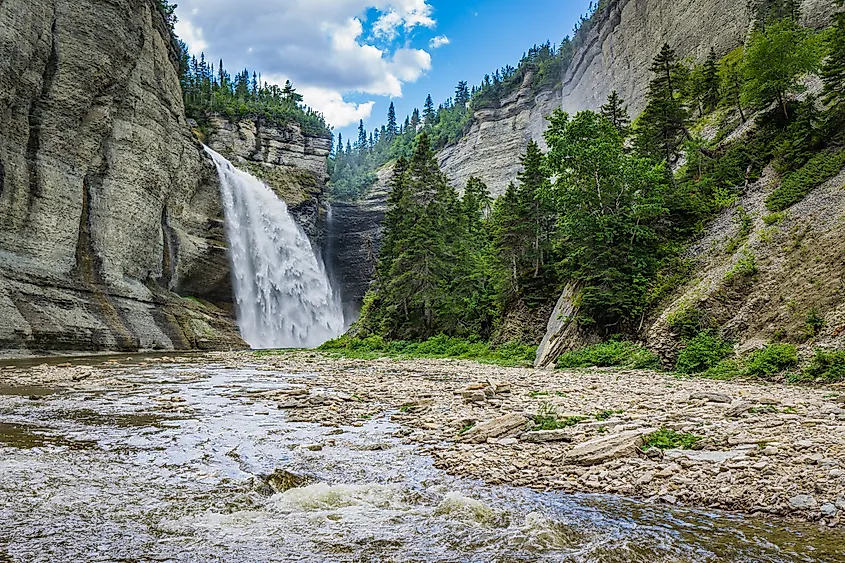
Baie Sainte-Claire reveals the foundations of the island's first permanent settlement, established in 1895, before it was abandoned in the 1920s, with residents relocating to Port-Menier. The Grotte des Trois Plaines welcomes visitors into one of two accessible cave systems on the island. Travelers reach Anticosti through flights from Montreal or aboard the Relais Nordik ferry from Rimouski or Havre-Saint-Pierre. Fall transforms the island into a popular destination for deer hunting across Canada. Anticosti National Park features astonishing canyons, sea caves, and waterfalls along a UNESCO World Heritage coastline. For accommodations, Auberge Port-Menier, offers 16 rooms with sea views, allowing an efficient yet comprehensive exploration of the island.
Bassin (Magdalen Islands)
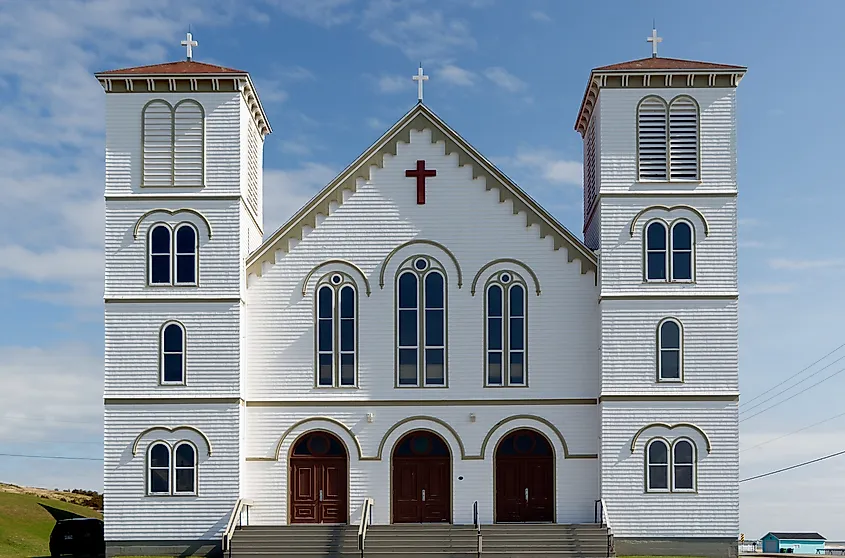
Far east into the Gulf of St. Lawrence, where waters meet the Atlantic, the village of Bassin groups together with small hamlets that collectively form the Magdalen Islands. Geography here is eclectic, and the culture offers a distinct contrast to mainland Quebec, making it a compelling destination for visitors. The village merged with neighboring communities in 1971 to create the municipality of L'Ile-du-Havre-Aubert. Bassin inhabits Havre Aubert Island, where the Anse-a-la-Cabane Lighthouse keeps watch as a recognized patrimonial designation by the Government of Canada. Commanding the coastline for decades, the white wooden tower dons a red cast-iron lantern.
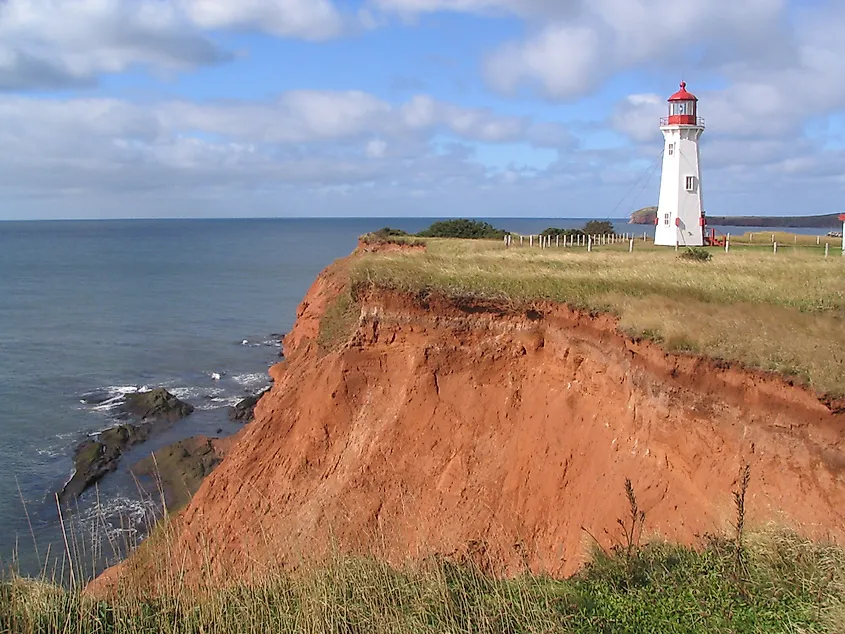
Le Site D'autrefois presents traditional Madelinot houses, a working farmhouse with live animals, and fishing demonstrations across its heritage grounds. The marina at Anse-a-la-Cabane welcomes vessels into Millerand Harbour year-round. Dune du Havre Aubert, also called Sandy Hook Beach, gains recognition for its sandcastles, where people sculpt the golden dunes while surveying the Acadian archipelago. Dramatic red cliffs and eroded sandstone formations frame Plage de la dune-de-l'ouest as travelers traverse the West Dune Beach shoreline. Petit hotel de la Montagne converts a former general store into hospitable rooms, its boutique overlooking the Havre aux Basques lagoon.
Rouyn-Noranda

Rouyn-Noranda defines the western edge of Quebec, brushing against Ontario, where the Abitibi greenstone belt shaped its mining heritage and continues to influence the skyline. The community endures sharp winter fronts descending from Hudson Bay, giving the region a bracing northern air. At the heart of town, Lake Osisko forms a reflective basin that supports leisure and events throughout the year. Nearby, Plage Kiwanis’ beach forms a sandy curve along the lake where residents cherish swimming and kayaking. Downtown, the Rouyn-Noranda Synagogue, now converted into an apartment building, still bears old Hebrew inscriptions on its brick exterior, quiet remnants of the Jewish community that once gathered there.
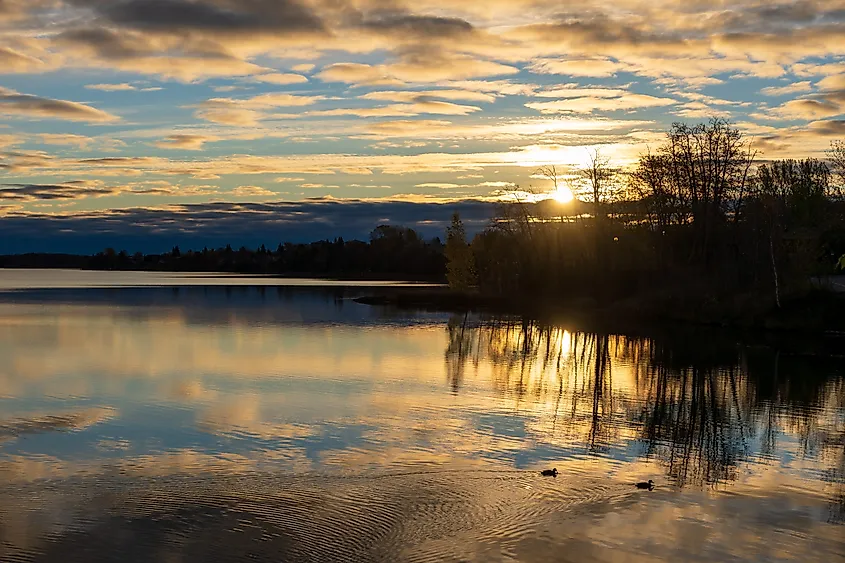
Across town, the Russian Orthodox Church of St. George reflects a contrasting chapter in immigration, now preserved as a heritage site with guided tours explaining its Eastern iconography. The Musée d’art de Rouyn-Noranda (MA) revitalizes the urban core and commercial center of the city, exhibiting Quebecois works and integrating exhibitions that connect industry, environment, and identity. Rouyn-Noranda gains vibrancy in late October when the Abitibi-Témiscamingue International Film Festival draws filmmakers and audiences for screenings that continue into November. Together, these cultural and natural spaces sustain Rouyn-Noranda’s distinct northern allure and creative spirit.
Chibougamau
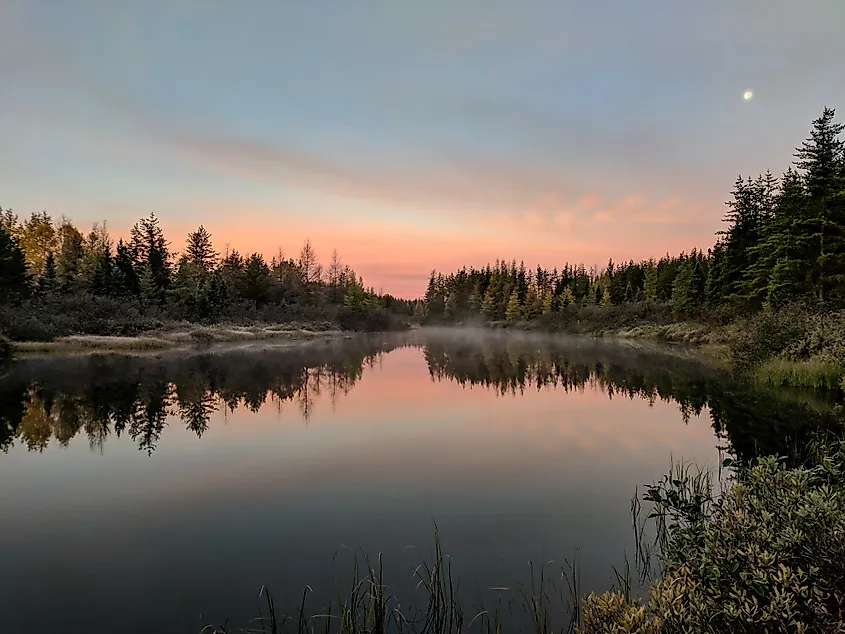
A remote destination, Chibougamau suits a weekend trip well, so long as one is willing to spend a lot of time in the car. Travelers can approach the town via Highway 167, which extends north from the Lake Saint-Jean region. Alternatively, flights into Chibougamau/Chapais Airport (YMT) from larger Quebec hubs offer another route, often combined with local ground transport for those coming from distant communities. Despite lying far south of Hudson Bay, the town is part of the vast James Bay watershed, with Lake Gilman and Chibougamau Lake emphasizing water-based recreation.
Obalski Regional Park, open year-round, offers a mixture of maintained trails and more rustic paths for numerous activities, including hiking, canoeing, and pedal boating. Most areas of the park are open to the public 24 hours a day, free of charge. Lodging options remain limited in the vicinity, with Hôtel Motel Nordic offering rooms and suites for visitors seeking comfort in the northern wilderness. In contrast, the Imperium Motorsports store channels energy into vehicles and engines, providing a glimpse of high-octane culture alongside Chibougamau’s natural tranquility.
Quebec’s most cherished communities are embraced alike by locals and out-of-province travelers who value places where history and natural beauty coexist rather than compete. Though many of them stay quiet through much of the year, the change of seasons tends to usher well-deserved attention their way. From fall foliage seekers to winter athletes bound for the Laurentians, this Eastern Canadian province offers every adventurer something.
On the mainland, small towns channel a quiet pride through architectural gems, regional cuisine, and museums that trace stories back centuries. Over on the islands, meanwhile, cliffside villages and windswept shorelines press against the Gulf, where a slower tide still rules the day. From the quiet hum of old industry in mining towns like Val-d'Or to contemporary arts scenes and open views in Baie-Saint-Paul, these Quebec destinations prove that a weekend is all it takes to feel far from anywhere.
